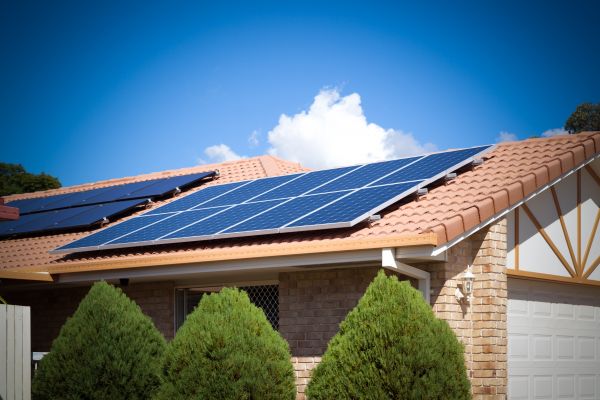Going Model-Free: The Future of Flexible Export Limits

.
Australia is now the first country in the world where residential customers are being offered flexible export limits in which export limits (for solar PV) are not fixed/static but vary throughout the day according to what the poles and wires can withstand.
While this is great for consumers, the correct calculation of such flexible export limits would normally require power flow analyses and, consequently, accurate residential low voltage (LV) network models (the poles and wires our houses are connected to). This, however, can be challenging for distribution companies as such models are rarely available and are costly and time-consuming to produce.
The project “Model-Free Operating Envelopes at NMI level” has successfully demonstrated that is possible to exploit the historical smart meter data of consumers to capture the physics of LV networks and create an electrical model-free approach to calculate flexible export limits. The approach represents an accurate, cheap, and extremely fast alternative to traditional model-driven approaches, enabling distribution companies to bypass the costly, time-consuming, and error-prone process of producing and validating electrical models.
Join researchers from the University of Melbourne, Prof Nando Ochoa, Mr Vincenzo Bassi, Prof Tansu Alpcan, and Prof Chris Leckie, as they present the full model-free approach to calculate flexible export limits developed throughout this 2-year project and will demonstrate its application using real smart meter data from hundreds of Victorian customers, highlighting its benefits, considerations, and its effectiveness in cases with partial smart meter data availability.
